えどこもん
Edo Komon
江戸小紋
関東
武士の裃から発達した微細な型染め模様。
江戸小紋は江戸時代に武士の礼装である裃(かみしも)から発達したものです。参勤交代で江戸に集まる各藩の武士たちが自分たちの藩を象徴するため特定の柄を定めて各藩の「定め柄」としました。
江戸幕府が細かい柄の小紋を武士の公服としたこと、また華美な着物を禁止した「奢侈禁止令」が断続的に発令されたこともあり、各藩が競って微細な柄を求めるようになり、伊勢型紙の彫師、染める小紋師ともに、職人たちの手技は限界への挑戦ともいえるほど高度で卓越したものとなりました。微細な小紋柄を他の小紋と区別して、1955年に重要無形文化財保持者として小紋師・小宮康助氏を指定する際に、 他の小紋と区別をするために「江戸小紋」と呼ばれるようになりました。
「鮫」「行儀」「角通し」の江戸小紋三役に、「縞(万筋)」「大小あられ」を加えて江戸小紋五役といいます。 三役、五役の文様は紋を入れることで略礼装とすることができ、茶席をはじめ様々なシーンにお召しいただけます。
Edo Komon is a textile pattern that originated during the Edo period and developed from the formal attire of samurai called "Kamishimo." During the "Sankin-kotai" system, where samurai from various domains gathered in Edo (present-day Tokyo) on rotation, each domain established a specific pattern respective of their domains.
The Edo Shogunate adopted fine-patterned Komon as the official attire for samurai, and due to intermittent issuance of the suptiary laws which prohibited luxurious and flashy clothing, the various domains competed to create intricate patterns. As a result, the woodblock carvers and dyers specialized in Edo Komon reached remarkable levels of craftsmanship, pushing the boundaries of their skills. In 1955, when designating Komiya Kousuke as an Important Intangible Cultural Property holder in the field of Edo Komon. The term "Edo Komon" was coined to distinguish it from other types of Komon.
この産地の作品
This Origin’s
Products
Products
この産地の
作品が含まれる
コーディネート
Coordinates
with
This Origin's
Product
作品が含まれる
コーディネート Coordinates
with
This Origin's
Product
 名古屋帯
名古屋帯
 袋帯
袋帯
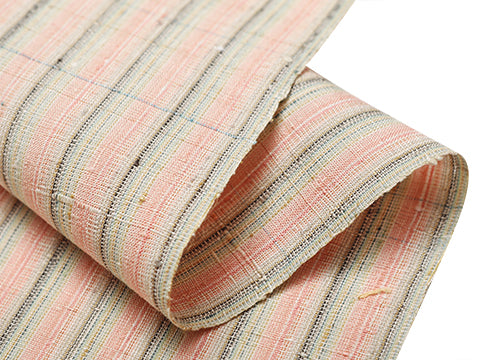 紬・綿・自然布
紬・綿・自然布
 小紋・江戸小紋
小紋・江戸小紋
 訪問着・付下げ・色無地ほか
訪問着・付下げ・色無地ほか
 浴衣・半巾帯
浴衣・半巾帯
 羽織・コート
羽織・コート
 肌着
肌着
 小物
小物
 履物
履物
 書籍
書籍
 長襦袢
長襦袢
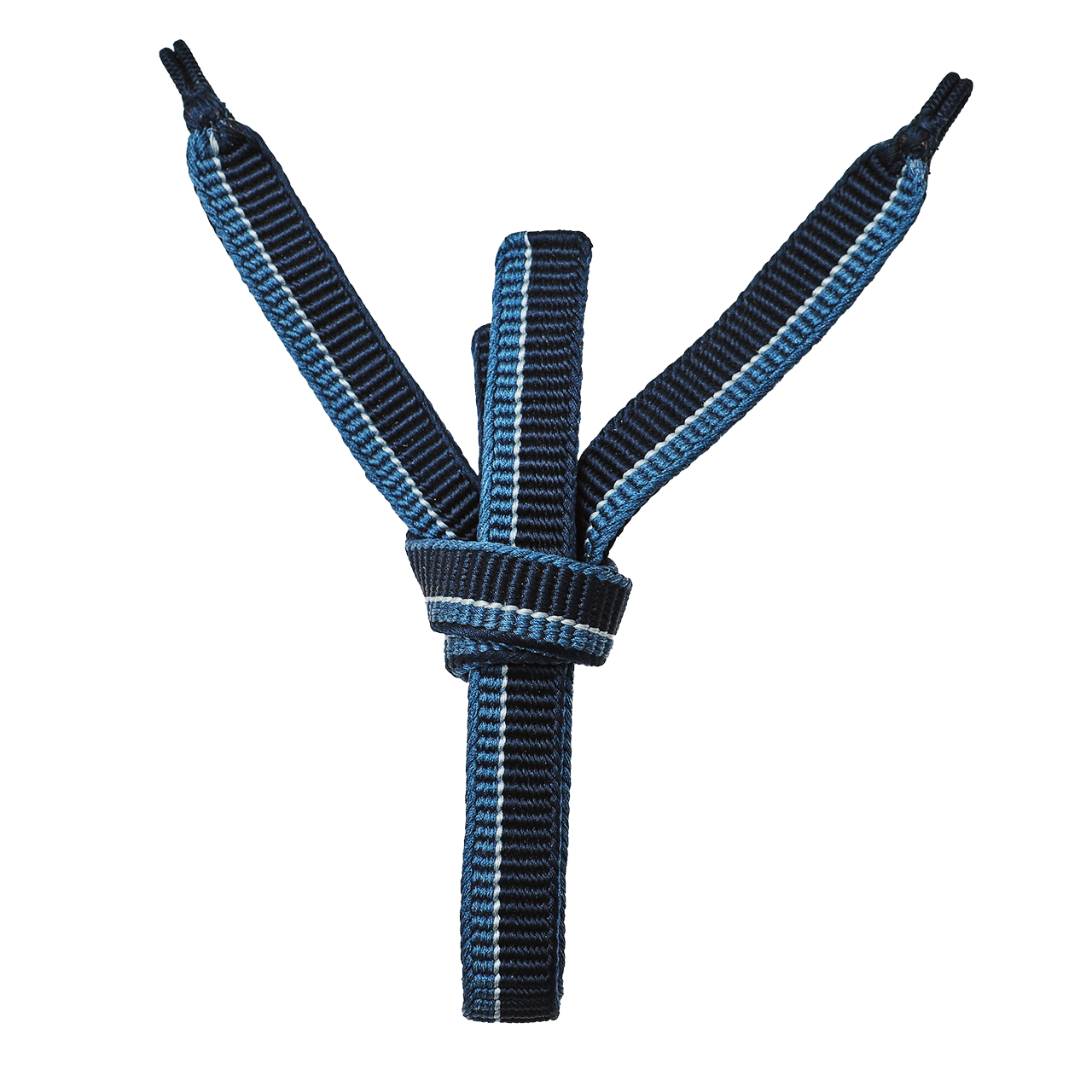 小物
小物
 帯
帯
 お召
お召
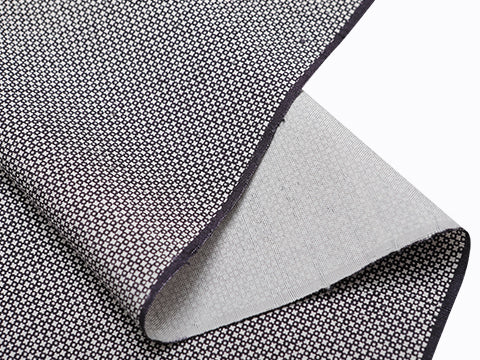 小紋・江戸小紋
小紋・江戸小紋
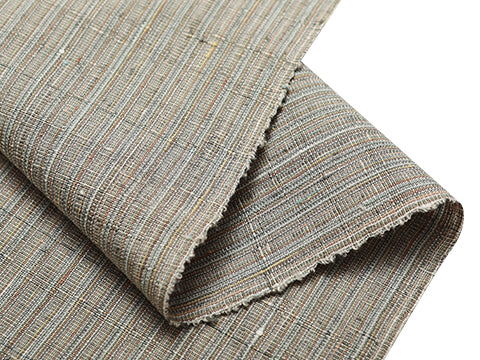 紬・綿・自然布
紬・綿・自然布
 袴
袴
 長襦袢
長襦袢
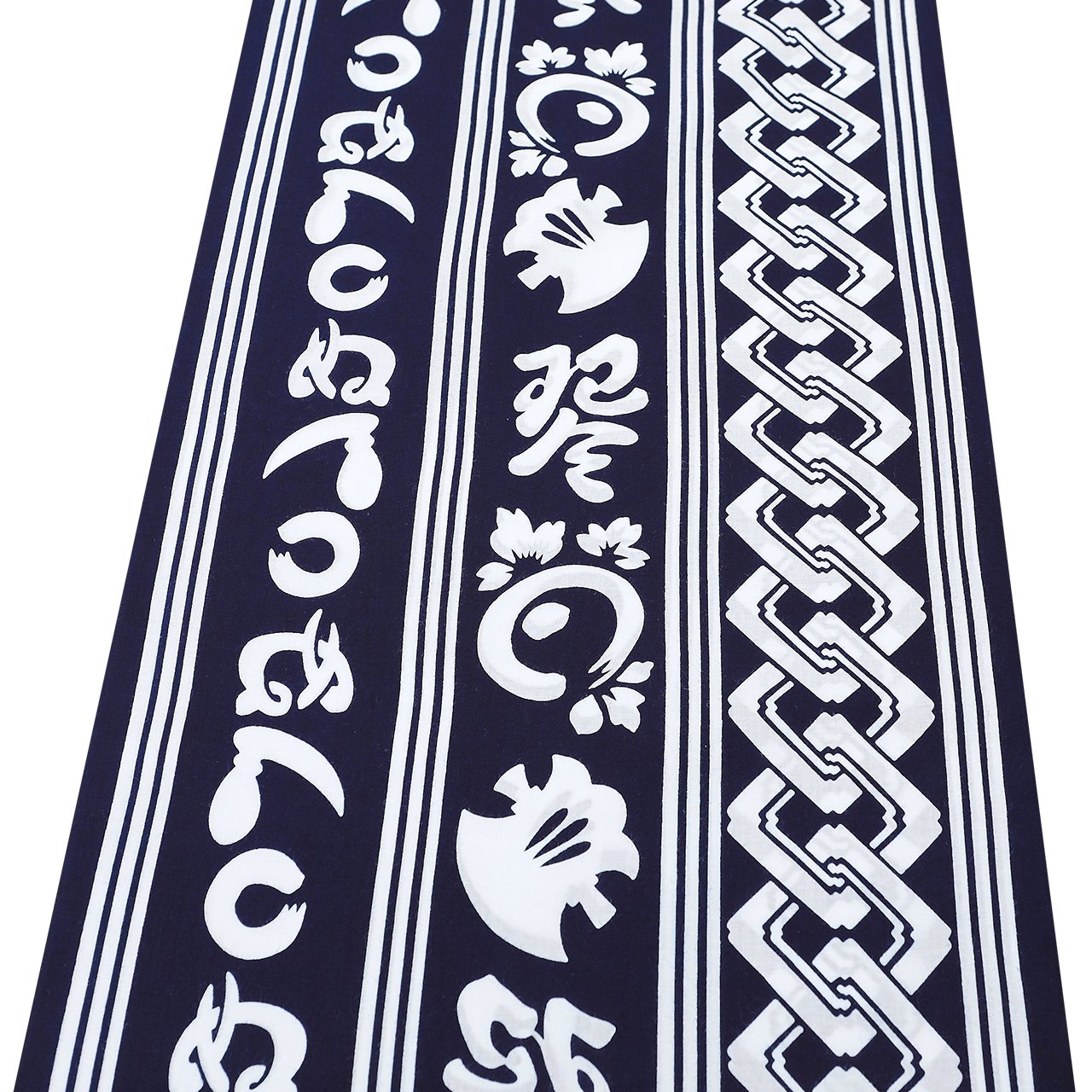 浴衣
浴衣
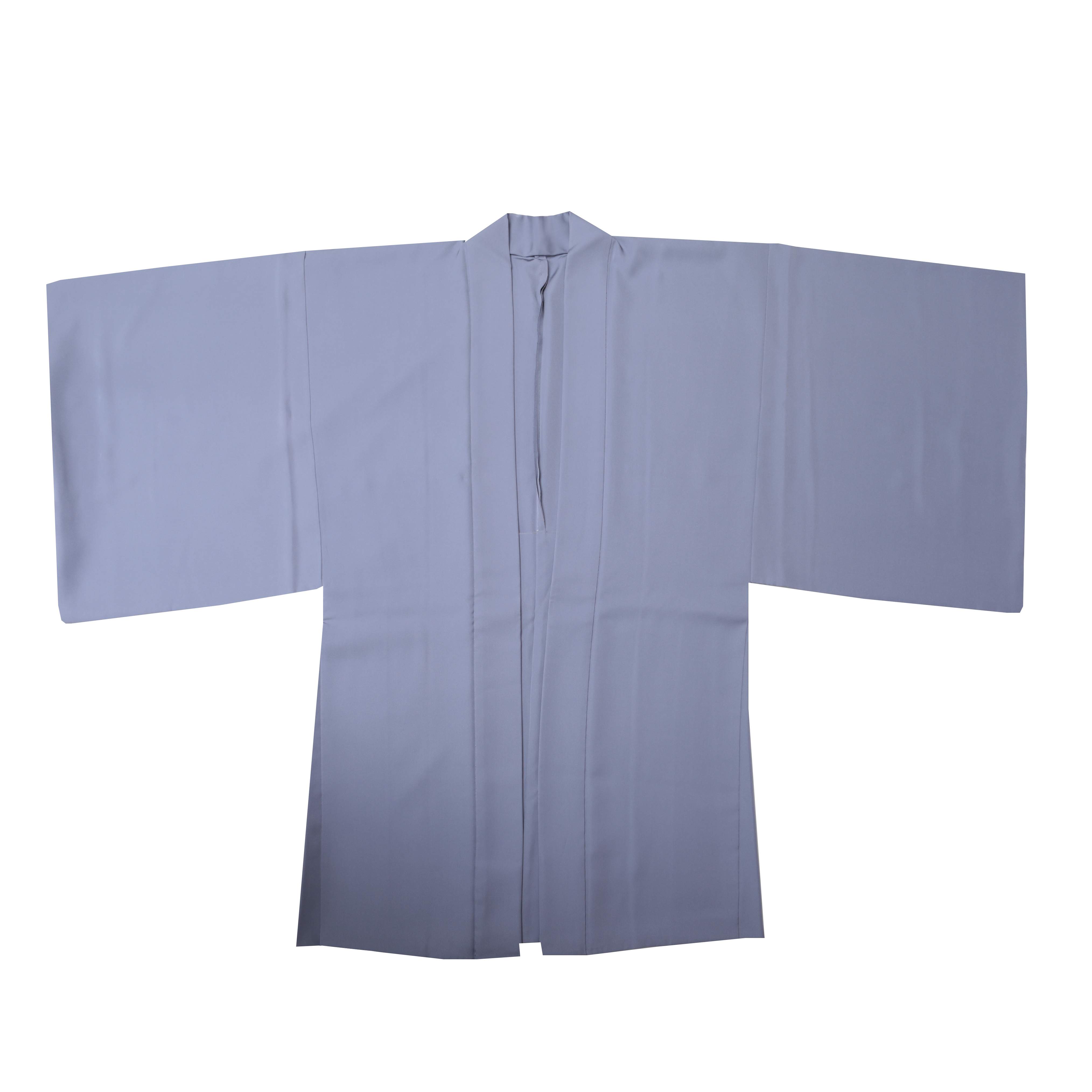 羽織・コート
羽織・コート
 額裏
額裏
 肌着
肌着
 履物
履物
 紋付
紋付
 書籍
書籍